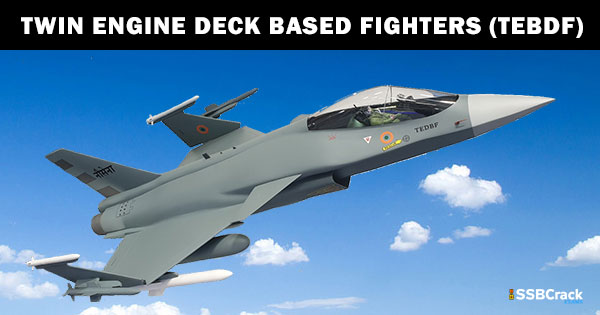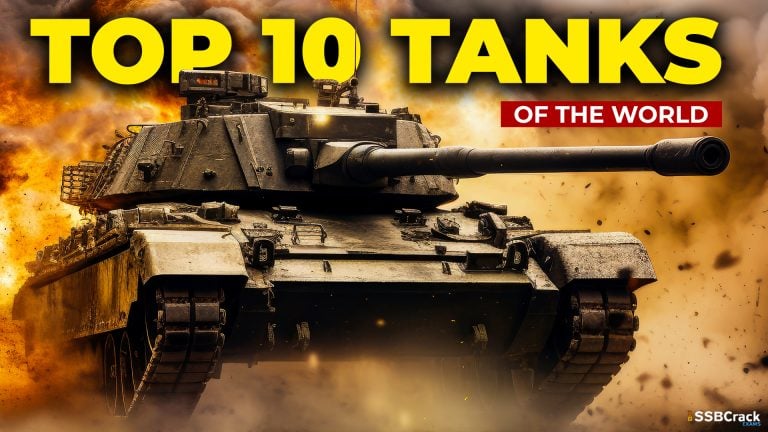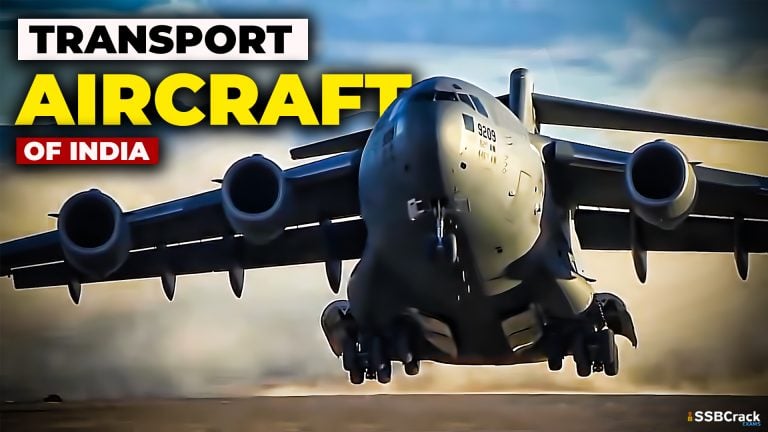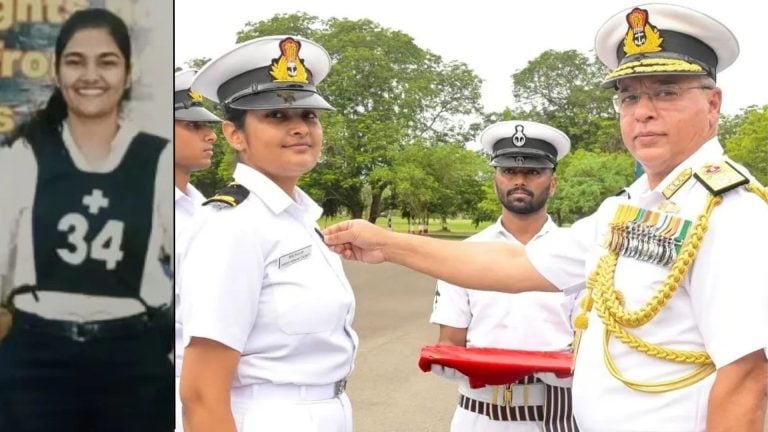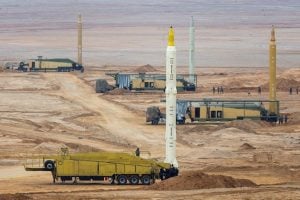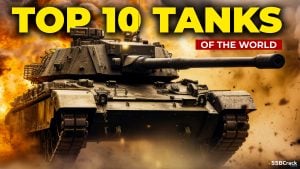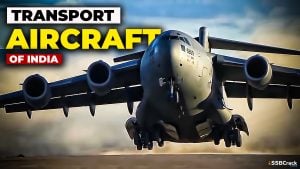The modernization of Indian defence forces is the need of the hour and is being done rapidly with the induction of new weapons, attack technologies and defence techniques. The world is witnessing rapid development in the field of warfare and the volatility in situations all around the world has, even more, enhancing the need of having advanced technologies when it comes to defence.
The most active region these days include the middle-east, the region around the Pacific ocean and the Indian Ocean Region. The Indian Ocean region has always been a stronghold for the Indian Navy with influence in the ocean but recent competitions and potent threats by the Chinese construction happening in ports surrounding India, has made the seas vulnerable, and securing our maritime borders require active surveillance and attack units ready to counter offensive actions by the enemy.
The Indian Navy these days is actively modernising its fleets with the induction of new submarines, carrier and destroyer ships and also active aviation support.
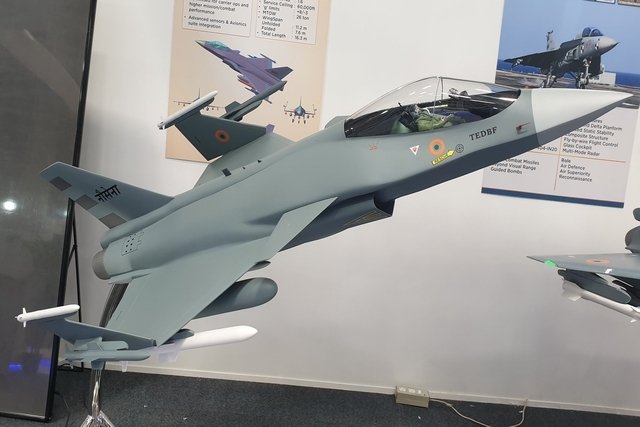
The Indian Naval Air Arm currently utilizes Mig-29k which has a lot of issues with it, related to manoeuvring, speed control, and its old age, thus to fulfil the need of fighter aircraft of the Indian Navy, DRDO along with its Aeronautical Development Agency has stepped in.
The ADA is developing a Twin Engine Deck Based Fighter Aircraft after it was made clear by the Indian Navy that they are not interested in single-engine fighters. Although we had an Mk2 variant of the single-engine naval light combat aircraft (LCA), prioritising the demand the plan was switched to develop the TEDBF.
Demand for TEDBF :
Earlier the Aeronautical Development Agency was navalising the Light Combat Aircraft ‘Tejas’ to be used by the Indian Navy, and it did its first successful ski-jump take-off and arrested landing from the INS Vikramaditya on 12 January 2020.
But the Indian Navy made a demand for a twin-engine deck based fighter instead of the LCA Navy Mk.2 as the Indian Navy requires advanced medium combat aircraft, which is configured for the Indian Navy.
Stages of Development :
After the demand for TEDBF was placed, scientists and engineers from Aeronautical Development Agency and the Indian Navy, worked on designing the structure for the aircraft and scrutinising the configurations.
The plan was to make the aircraft compatible to land and fly from all the current and upcoming aircraft carriers, as India is developing its first indigenous aircraft carrier, INS Vikrant at the Kochi Shipyard.
The design was chalked out very soon after the demands and the Indian Navy also placed demands for configurations according to its use. Informal demands were placed early in 2020 but the formal demand came a few months later in May 2020 after which the ADA worked out two configurations for the TEDBF programme — “Delta-Canard and Trapezoidal with Tail”.These configurations meet most of the demands of the Indian Navy.
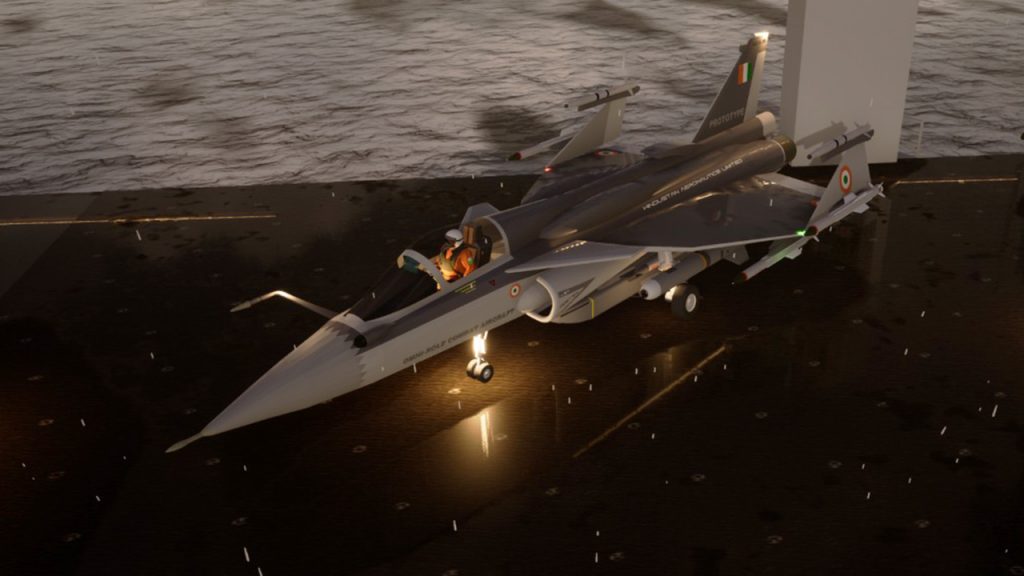
Few key points about the TEDBF :
1. The TEDBF is planned based on the AMCA program with a blend of technologies from the LCA.Mk2 and also other modern design elements.
2. The TEDBF’s are planned to strike an effective balance between the fourth and fifth-generation aircraft, also called Minus 5 Gen.
3. TEDBF is said to possess, angular front fuselage along with a Divertless Supersonic Inlet (DSI) having a bumped surface with an aim to reduce the Engine’s exposure and decreasing the overall RADAR footprint of the aircraft.
4. TEDBF will also not use Radar Absorbing Material on the paint surface, as it wears out after few missions and leads to heavy maintenance cost, instead, the front body of the aircraft will utilise Radar Absorbing Material in the frontal body to ensure stealth operations.
5. TEDBF will be equipped with the cockpit technologies like Next Generation Wide Area Display (WAD) and side-stick controls from the MWF program. The aircraft is also planned to have the Digital flight control computer (DFCC) along with the set of UTTAM AESA Fire Control Radar matted to bolt-on Infrared Search and Track (IRST) system for optically hunting down enemy aircraft.
6. The TEDBF is expected to be a multirole aircraft with an ability to perform a wide range of missions which include combat air patrol (CAP), interception, ground attack, strike, maritime strike, reconnaissance, electronic warfare and buddy-buddy refuelling.
7. TEDBF as portrayed in Aero India 2021, is expected to have the capability to operate several ordinances which include RUDRAM missiles, ASRAAM short-range missiles and ASTRA beyond visual range missiles, several other missiles can also be incorporated at other hardpoints.
8. There has been a lot of work on increasing the compactness of the aircraft and also reducing weight at the same time. The aircraft will also not have an internal weapon bay, which is possessed by many 5th generation aircraft and this is done to reduce the weight. The ability to carry payload is to be increased and is to be expected around 9 tonnes.
9. The new TEDBF fighter will be powered by two GE F-414 engines and the aircraft will have an all-up weight (AUW) of 24 tonnes, which is heavier than the Mk1 and Mk2 variants.
10. The physical dimensions of the TEDBF, with a wingspan of 11.2 meters and length of 16.2 meters, are compact and the width is reduced further to 7.6m with the wings folded, which is done so that the aircraft can be taken easily to the hangers.
11. The expected time for TEDBF to be developed and be operation ready is around in the year 2026 after which its production will take even more time. The wind tunnel test of the design is to be conducted soon.
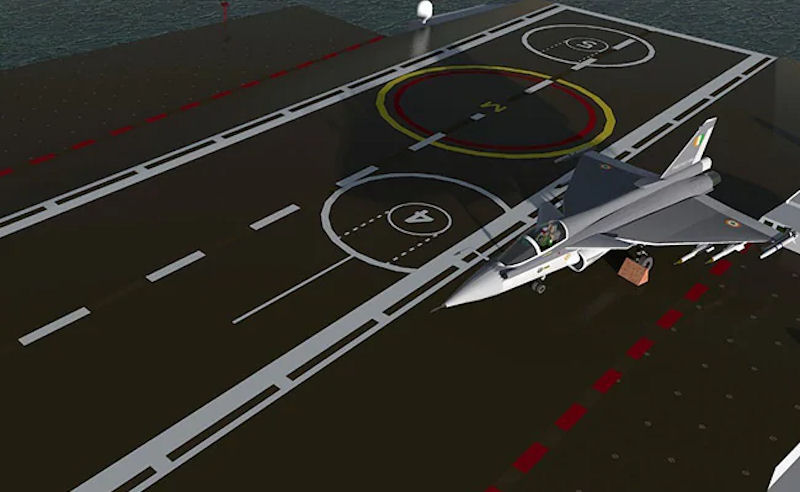
Advantages of TEDBF:
1.The first advantage of the TEDBF is that it will have increased speed and manoeuvrability.
2. The ability to increase more fuel enhances the range and with refuelling, it can be extended to well over 2000 km.
3. The aircraft is less susceptible to mechanical failures or combat damage.
4. The use of two engines will have tremendous supplemental benefits, even if one of the engines starts working the second engine will be able to deliver power and thrust and the damage can be reduced.
Interim solutions :
As mentioned, the TEDBF is expected to fly in 2026 and will take years after that before it enters service. In the meantime, the Indian Navy is looking to acquire a twin-engine fighter for the carriers. On January 17, the Directorate of Naval Air Staff issues a request for information (RFI) for a multirole carrier-borne fighter. The number quoted is 57 aircraft.
The two competitors in the race are Boeing Super Hornets and Dassault Rafale. Both began their maritime operations in the year 2001, and Rafale has an added upper hand as it is being utilised by the Indian Air Force, and has some of the features similar to carrier-based aircraft.


